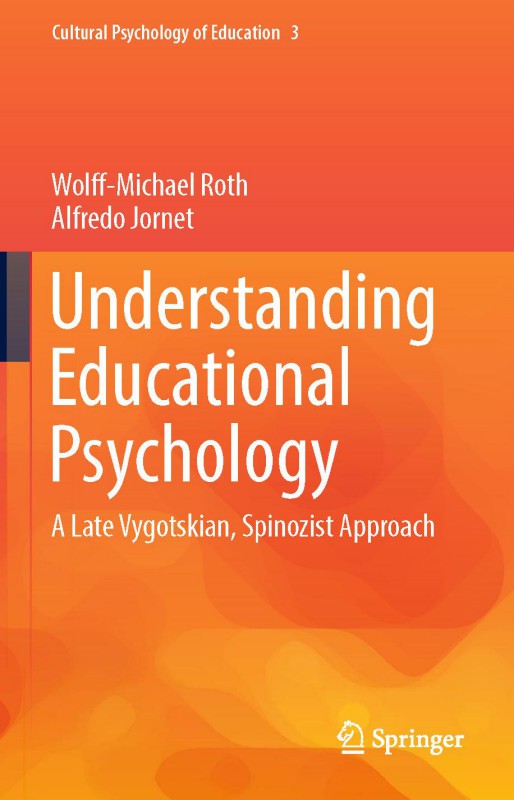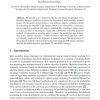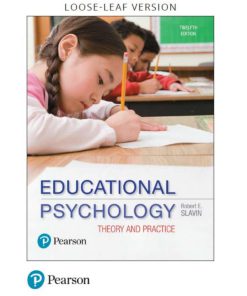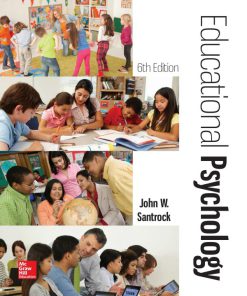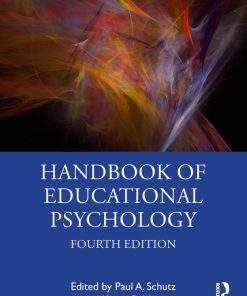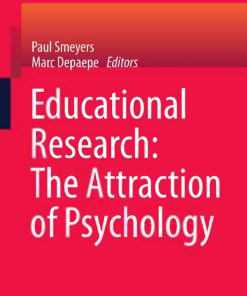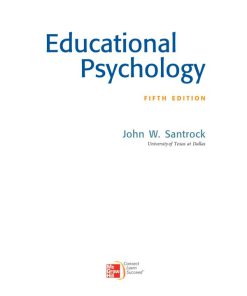(Ebook PDF) Understanding Educational Psychology A Late Vygotskian Spinozist Approach 1st edition by Wolff Michael Roth, Alfredo Jornet 3319398687 9783319398686 full chapters
$50.00 Original price was: $50.00.$25.00Current price is: $25.00.
Authors:Wolff-Michael Roth; Alfredo Jornet , Series:Psychology [228] , Author sort:Roth, Wolff-Michael & Jornet, Alfredo , Languages:Languages:eng , Published:Published:Sep 2016 , Publisher:Springer
Understanding Educational Psychology A Late Vygotskian, Spinozist Approach 1st edition by Wolff Michael Roth, Alfredo Jornet – Ebook PDF Instant Download/DeliveryISBN: 3319398687, 9783319398686
Full download Understanding Educational Psychology A Late Vygotskian, Spinozist Approach 1st edition after payment.
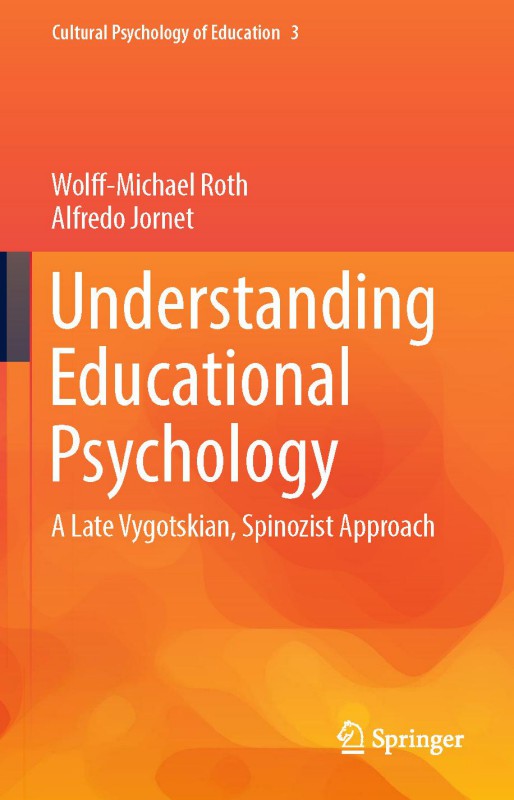
Product details:
ISBN-10 : 3319398687
ISBN-13 : 9783319398686
Author : Wolff Michael Roth, Alfredo Jornet
This book takes up the agenda of the late (but unknown) L. S. Vygotsky, who had turned to the philosopher Spinoza to develop a holistic approach to psychology, an approach that no longer dichotomized the body and mind, intellect and affect, or the individual and the social. In this approach, there is only one substance, which manifests itself in different ways in the thinking body, including as biology and culture. The manifestation as culture is premised on the existence of the social.In much of current educational psychology, there are unresolved contradictions that have their origin in the opposition between body and mind, individual and collective, and structure and process—including the different nature of intellect and affect or the difference between knowledge and its application.
Understanding Educational Psychology A Late Vygotskian, Spinozist Approach 1st Table of contents:
Chapter 1: Vygotsky, Spinoza, and Cultural Psychology of Education
What Vygotsky Might Have Glimpsed
Marxist Foundations of Vygotsky’s Work to Come
Towards a New Psychology
Restoring Life in and to Vygotsky’s Legacy
Steps Towards a Non-dualist Discipline
Transcending Dichotomies
Knowing-How and Life’s Power to Act
Concrete Human Psychology
Conceptual Sketch of the Remainder of This Book
References
Part I: Foundations
References
Chapter 2: Biology | Culture
From the Origin of the Psyche
Modeling Morphogenesis
From Biology to Culture
The Thinking Body and the Body–Mind Problem
Coda: Intermeshing of Body and Culture
References
Chapter 3: Communicating | Thinking
Relation of Thinking and Speaking
Unity/Identity of Opposites
Finding Thinking in Communicating
Moving to Know
From the First Dim Stirring of a Thought to Its Formulation
Coda: Thinking and Communicating as Intransitive Verbs
References
Chapter 4: Intrasubjectivity | Intersubjectivity
Common Approaches to Intersubjectivity
Givenness of the World
The Word as Reality for Two Persons
Coda: Revisiting Intersubjectivity and Mediation
References
Chapter 5: Primacy of the Social and Sociogenetic Method
Ways of Theorizing the Social
The Social Constructivist Way
The Ethnomethodological Take
The Social for a Cultural Psychology of Education
The Social in Mathematical Reasoning
The Social Nature of Joint (Social) Work
Sociogenetic Method
Ontogenetic Origin of Mathematical Reasoning
Identity Is at Stake
Coda: Demystifying Internalization
References
Chapter 6: Learning | Development
Classical Studies of Reasoning on the Balance Beam
Reasoning on the Balance Beam in a Classroom Setting
Reasoning in Context
Reasoning and Social Relations
A Monist Account of Reasoning on the Balance Beam
Coda: What Changes in Learning and Development
References
Part II: Case Studies
The Turn to Spinoza Necessitates a Change of Method
Studies of Thinking in the Full Vitality of Life
References
Chapter 7: The Social Nature of Reading
From the Origins of Reading
Reading Aloud
Coda: Reading Is a Mode of the Thinking Body
References
Chapter 8: Intention—A Product of Joint Social Work
Rethinking the Genesis of Intention
The Paradox of Learning-motivated Task
Coda: Motivation and the Unity of Affect and Intellect
References
Chapter 9: Culturing Conceptions
On Misconceptions and Situated Language Use
On Finding Conceptions
Lifeworld and Language
Misconceptions From and For the Other
Against the Reduction of the Nonverbal to the Verbal
Coda: From Concepts (Meanings) to Sense-Giving Fields
References
Chapter 10: Natural History of the Sign
Problematizing the Sign
Genesis of Signs in Practical School Activity
Genesis of Signs in Adult Activity
Coda: Investigating the Sign as Historical Process
References
Chapter 11: Genesis of the Zone of Proximal Development
{Teaching | Learning} and Social Relations
Noticing a Problem of Seeing-as
Searching for a Way of Letting the Phenomenon Reveal Itself
Coming to See as the Phenomenon Reveals Itself
Coda: The Zone of Proximal Development Redux
References
Part III: Implications
References
Chapter 12: The Thinking Body
A Lesson Fragment
Words and Relations
Manifesting, Producing, and Being (in) the Relation
Addressivity and the Intra-intersubjective Nature of Talk
Thinking Body and Affects
Body Position and Orientation
Changing Functions of Hand/Arm Movements
Prosody
There Is but One Substance
Transcending the Mind—Matter Opposition
The Unity/Identity of Body and Mind
Pereživanie [Experience]—The Unity/Identity of Person and Environment
{Thinking | Communicating}
The ‘Other Within’ for the Psychologist
Coda: A Monist Approach for Educational Psychology
References
Chapter 13: “The Way to Freedom” in/for Education
The Problem of (Learning) Context
Historical Senses of Context
Bracketing and Rethinking Context
Schooling and Re/Production
Re/Production of Inequality
{Objectification | Subjectification}
Towards an Education that Matters
Activist Transformation
Transforming Whole Persons
From Anthropogenesis to Freedom
People also search for Understanding Educational Psychology A Late Vygotskian, Spinozist Approach 1st:
application of educational psychology in understanding learner pdf
how does educational psychology contribute to our understanding
educational psychology understanding learning and teaching
what is educational psychology and its importance
what is the relationship between psychology and educational psychology

